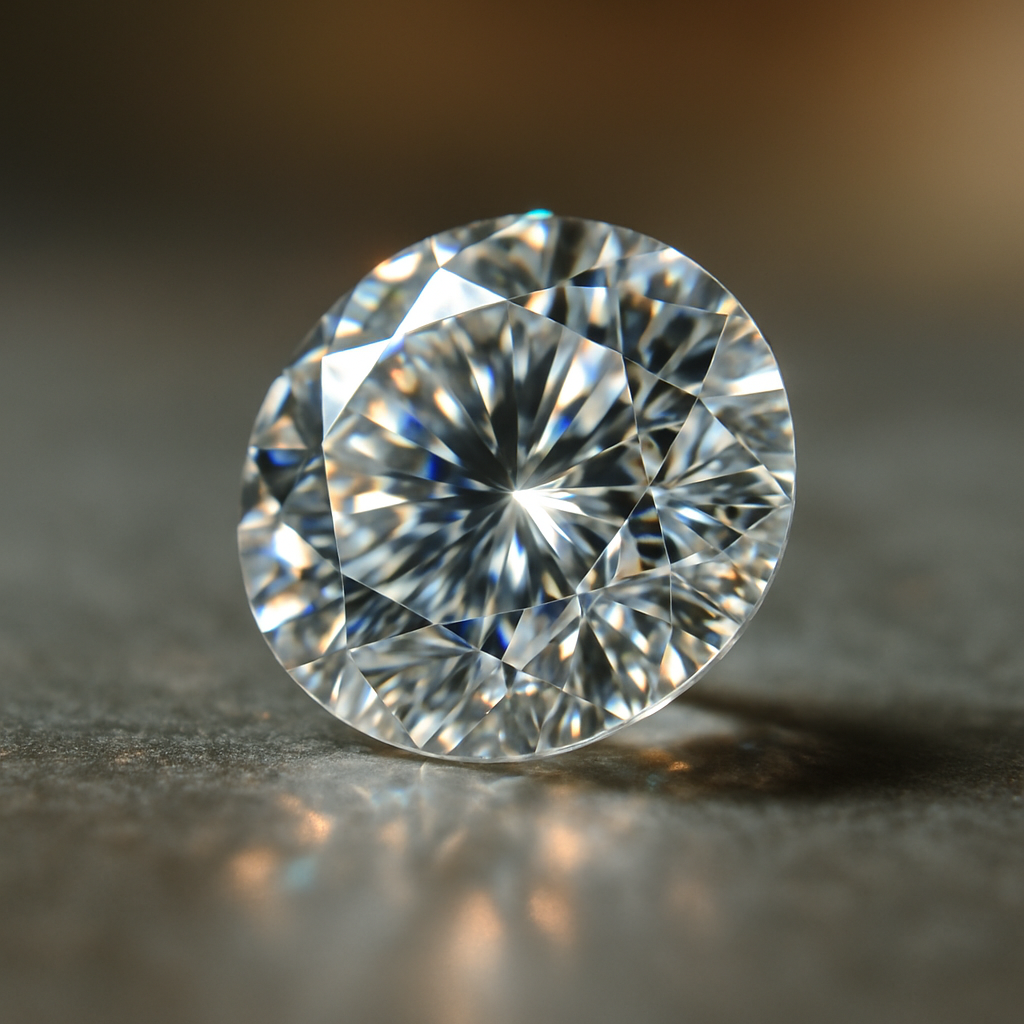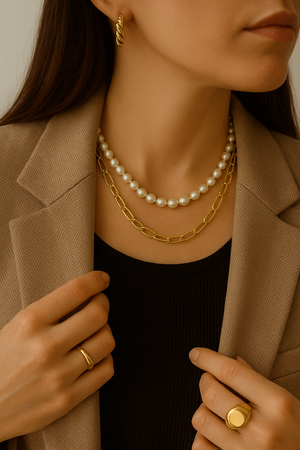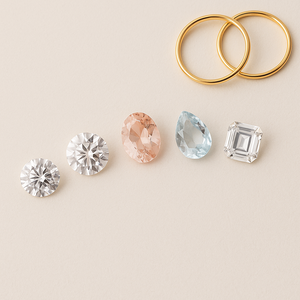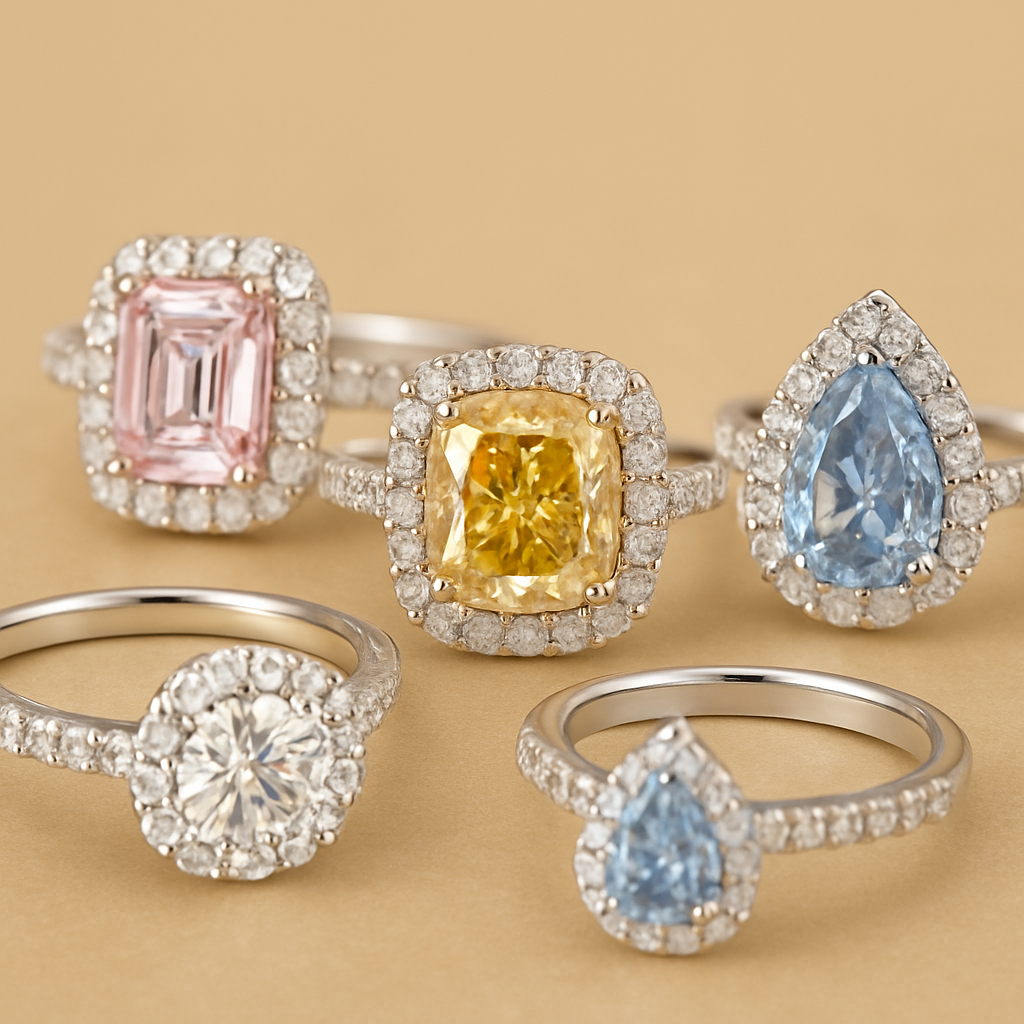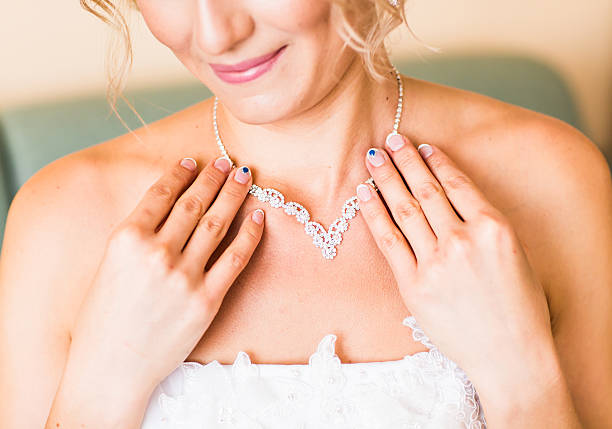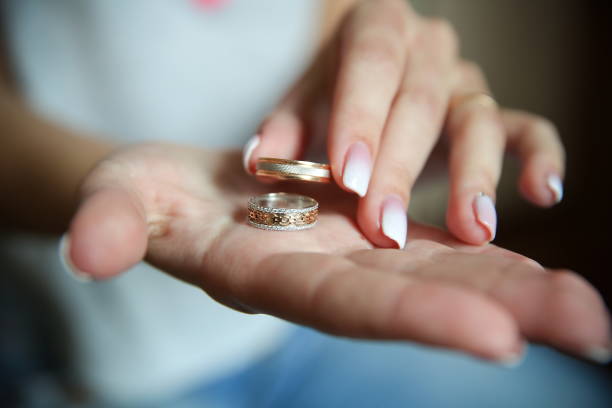The sparkle of a diamond is the essence of its beauty, not just a pretty feature.
What makes diamonds so attractive is their captivating shine when they catch the light, the fire that dances with every movement, and the shimmer that catches your eye across a room. You can select a stone that genuinely exudes brilliance by understanding how different diamonds sparkle.
Here's everything you need to know about identifying a diamond with exceptional sparkle, whether you're purchasing it for an engagement ring, an anniversary present, or just because you deserve something stunning.
Understand What "Sparkle" Really?
A diamond's "sparkling" is a magical combination of three optical effects:
1. Intelligence
This is the diamond's white light coming back. The striking white flash you immediately notice is the result of a well-cut diamond reflecting light from both the inside and the outside of the stone.
2. Fire The rainbow-
colored bursts of light you see, particularly in bright light, are referred to as fire. This occurs when white light splits into different colors and disperses inside the diamond.
3. Scintillation
The pattern of light and dark spots that appears when the diamond moves is called scintillation. It gives a stone the dynamic sparkle known as "twinkling," which varies according to light and movement.
💎 Why Cut Matters More Than Anything
Among the 4Cs (Cut, Color, Clarity, Carat), cut is the most important when it comes to sparkle.
Even a colorless diamond with perfect clarity won’t sparkle if it’s not cut to exact proportions. The cut affects how light enters and exits the diamond — it determines whether light is reflected back to your eyes (sparkle!) or leaks out from the bottom (dullness).
How Cut Influences Sparkle:
-
Shallow cut: Light escapes from the sides — dull diamond.
-
Deep cut: Light escapes through the bottom — dark center.
-
Ideal/Excellent cut: Light reflects back through the top — maximum sparkle.
What to Look for in Reports:
-
GIA or IGI Certification with “Excellent” or “Very Good” cut grade
-
Symmetry and polish grades
-
Table and depth %, which affect the diamond’s angles and proportions
💡 Rule of thumb: If a jeweler pushes carat over cut — walk away.
💡 Sparkle Test: Try This at Home
Prior to purchasing a diamond, always examine it under varying light to see how it performs in actual environments:
Experiment With These Light Sources:
- Natural daylight: Observe how it behaves under soft, diffused light
- Spotlights or LED: Pay attention to bright fire and brilliance
- Candlelight or low-light setting: This shows scintillation, the delicate twinkling effect
Then, slowly rotate or tilt the diamond. A well-cut diamond will reflect sharp, clear flashes of white and colored light, not mere dull shimmer or glassy glints.
🧼 Keep It Clean — Always!
Your diamond may be beautiful — but if it’s dirty, it won’t look it. Even invisible oils or dust can block light from entering the facets and reduce sparkle.
Causes of Dull Diamonds:
-
Lotion, perfume, makeup
-
Fingerprints and natural skin oils
-
Dust, lint, or water residue
How to Clean It:
-
Soak in warm water with mild dish soap for 15–20 mins.
-
Use a soft toothbrush to gently scrub behind the diamond and under the setting.
-
Rinse under lukewarm water and dry with a lint-free cloth.
💡 Note: For best results, clean your diamond at least once a week, especially if it’s an everyday ring.
💍 Shape and Setting: Does It Make a Difference?
Indeed, the way that various diamond shapes reflect light varies. Although Round Brilliant cuts are the most dazzling, the following shapes are comparable:
Sparkles the Most
- Round Brilliant
- Princess Cut
- Cut of a Cushion
A sophisticated yet delicate sparkle:
- emerald cut
- The Asscher Cut
- Cut Baguette
These shapes offer a sophisticated glimmer rather than a dramatic sparkle because they have fewer facets and more of a mirror-like "flash" than fire.
Think about the scene as well. The brilliance of the diamond is increased by open prong settings, which let more light enter from all directions. The sparkle may be somewhat muted by the bezel or closed settings.
Tap here to get more information about cuts...
📜 Check the Certification

Always seek diamonds that are certified by GIA, IGI, or AGS. These reports contain information on:
- Cut grade
- Symmetry
- Polish
- Fluorescence (which occasionally influences sparkle in intense UV light)
💡 Have your jeweler describe the cut proportions (depth %, table %, crown angle, etc.) and how they influence the light return.
❤️ Final Thoughts: Trust Your Eyes and Your Heart
While certification and cut grades are crucial, sparkle is ultimately personal. Some diamonds just look better to your eye — they dance more, they light up your mood, they feel alive.
That’s why we recommend:
-
Seeing the diamond in person
-
Watching videos from different angles
-
Trying it in different lights
-
Taking your time to observe how it “performs”
If your heart skips a beat — you’ve found your sparkle.
✨ Bonus: Sparkle Checklist
Before purchasing, ask yourself:
✅ Does the diamond flash white and rainbow colors when I move it?
✅ Does it sparkle even in low light?
✅ Is the cut grade Excellent or Ideal?
✅ Is the stone clean and well-set?
✅ Do I feel a connection with this stone?
If all answers are "Yes," you've found a diamond with real sparkle.


